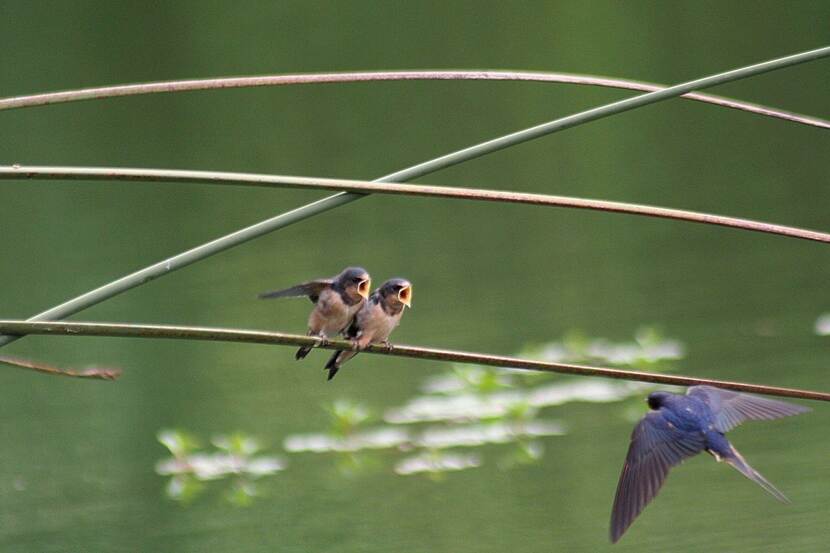Serbia: Raspberry purchase prices projected to reach historic all-time high
With decreased yields domestically and a scarcity on the international market, Serbian raspberry is expected to reach a new all-time record price this season.

The purchase price of raspberries for this year's crop will is expected range from €5.1 to €6.8 per kilogram, which will be a new all-time record, writes the Regional Information News Agency (RINA.rs). However, the agency notes that farmers expect much lower yields than before. “The drought has stopped the growth of young plants, so in 2022, we can expect a much lower yield. Due to that reduced quantity on the market, the price will increase drastically,” the President of the Association of Raspberry Producers of Serbia, Mr. Dobrivoje Radovic, told RINA.
Mr. Radovic added that since last year, the demand for Serbian raspberries on foreign markets has been huge since there was a lack of this produce and the offer on the European and global market was poor. The great demand for Serbian raspberries came about due to the reduced yield of the main competitors, Poland and Chile. On the territory of Serbia, 24 thousand hectares of farmland has been registered as used for raspberry production, but according to Mr. Radovic, realistically, raspberries are being grown over about 14 thousand hectares. The country’s total raspberry yield in 2021 was 70 thousand metric tons. “Due to the drought affecting numerous plots in Serbia, instead of 150 or 200 kg the yield averaged only 40 kg per acre. The plantations perform well only on plots equipped with irrigation systems and with anti-hail nets, which is why the outcome of the harvest last year was 70 thousand tons,” Radovic pointed out.
The Minister of Agriculture, Branislav Nedimović, has repeatedly pointed out that raspberry growers should make use of the state support and replace planting materials. The state currently provides subsidies for raspberries and blackberries from 60 to 90 percent for planting materials, for irrigation from 50 to 60, and for anti-hail network from 50 to 60 percent of eligible investment costs. There are also incentives from the World Bank, as well as from IPARD programs. The development of this sub-sector is supported by subsidies for export and for cold storages as well.
Before you go - Check these out too:

Hungary Newsflash Week 7, 2022
Bocine tuberculosis found in Eastern Hungary, producer prices skyrocketing, wildfires endangering nature, honey prices too high for the domestic market, and the perilous situation of the country's swallows which will have negative effects both for farming and for public health - The week in Hungarian agriculture

Serbia Newsflash Week 7, 2022
Tension between farmers and government escalates to protests, livestock farming dipping into red, new equipment subsidies announced, export to the UAE, a stocking up in anticipation of coming international crisis and Russian expansion into Serbia's retail trade sector - The week in Serbian agriculture